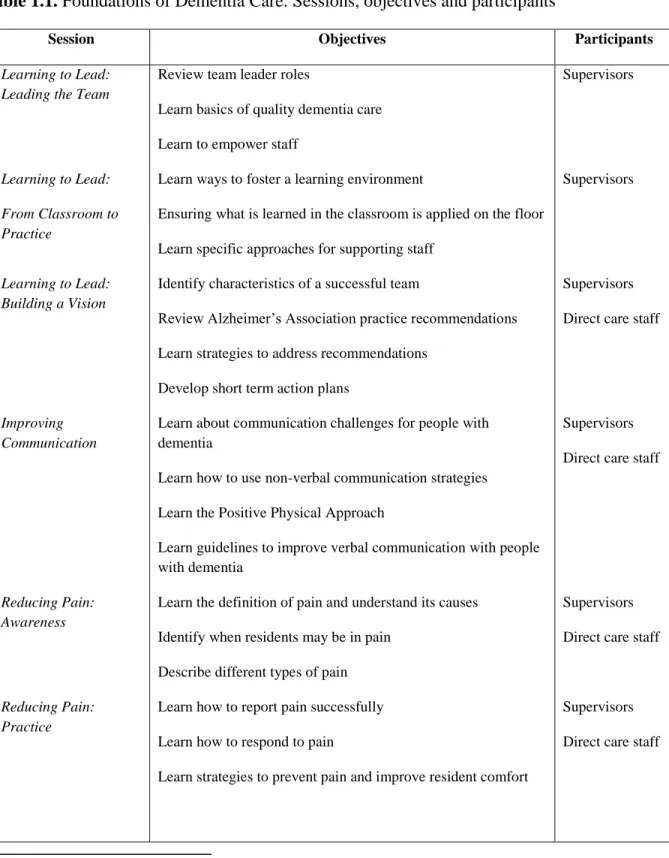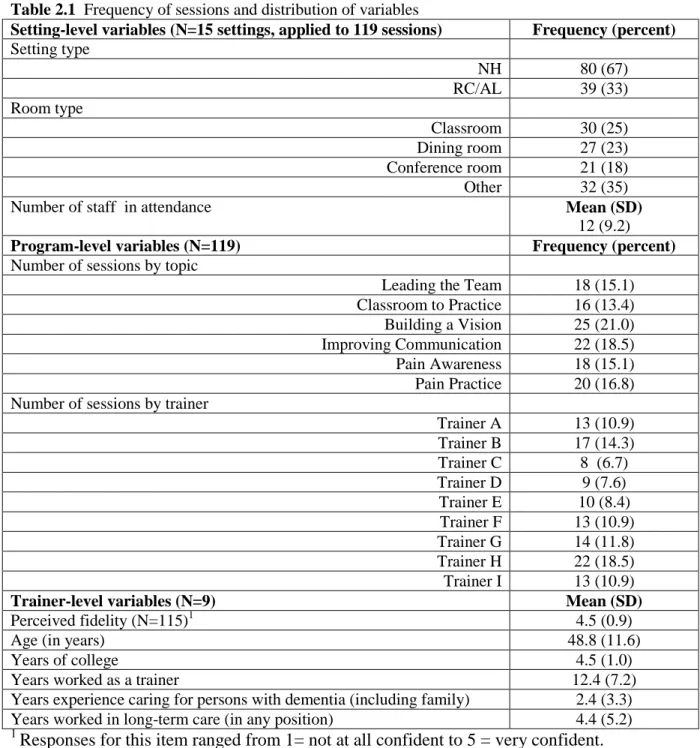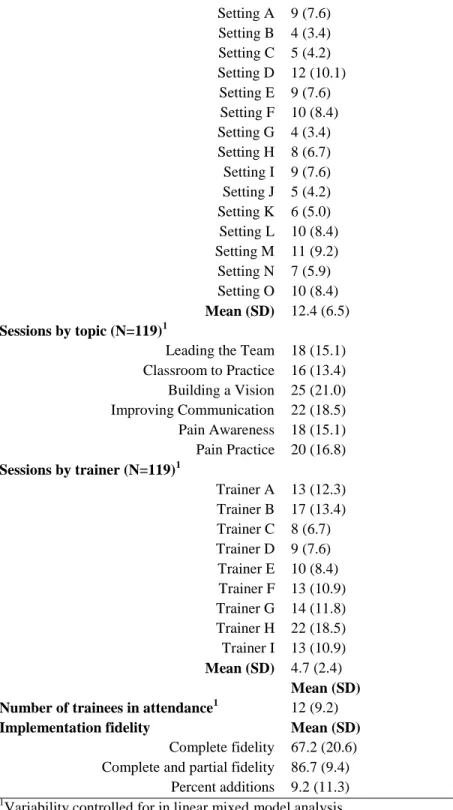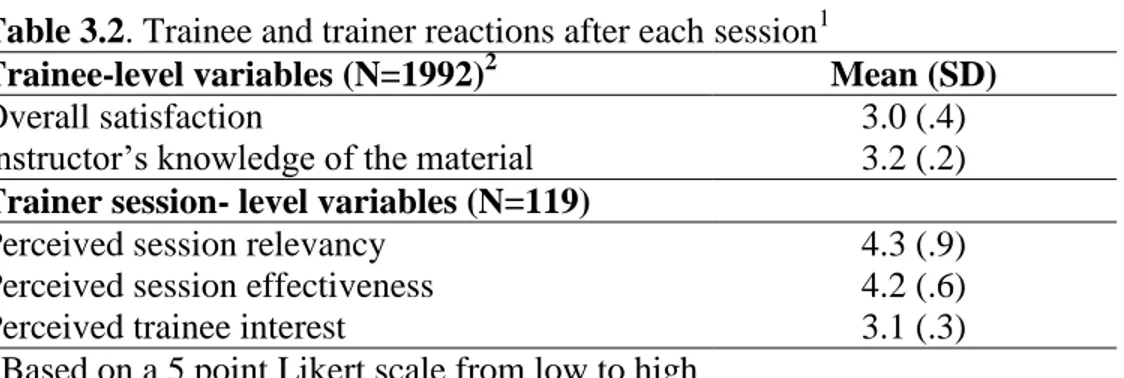A critical examination of fidelity, adaptability, and maintenance in a national training program for staff in long-term care
Full text
Figure




Related documents
For the poorest farmers in eastern India, then, the benefits of groundwater irrigation have come through three routes: in large part, through purchased pump irrigation and, in a
Gallery Talk, Freyberger Gallery, Penn State Berks, Reading, PA Lunchtime Gallery Talks, Kutztown University, Kutztown, PA. Grants, Fellowships
Field experiments were conducted at Ebonyi State University Research Farm during 2009 and 2010 farming seasons to evaluate the effect of intercropping maize with
National Conference on Technical Vocational Education, Training and Skills Development: A Roadmap for Empowerment (Dec. 2008): Ministry of Human Resource Development, Department
Kordts-Freudinger and Geithner (2013) investigated whether differences in mean scores between paper and online SETs were the result of different evaluation settings (i.e.,
Results of the survey are categorized into the following four areas: primary method used to conduct student evaluations, Internet collection of student evaluation data,
Since NCBI Viral Genomes contained only a small number endogenous nonretrovi- ral, endogenous retroviral, and LTR retrotransposon sequences, we further determined the extent to
19% serve a county. Fourteen per cent of the centers provide service for adjoining states in addition to the states in which they are located; usually these adjoining states have




